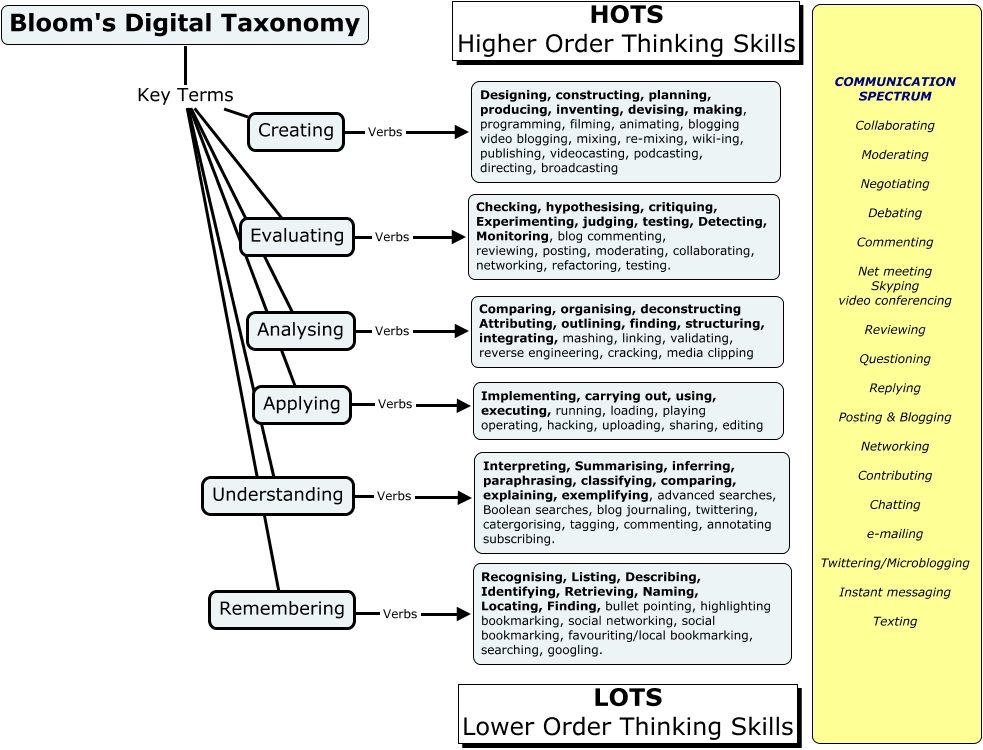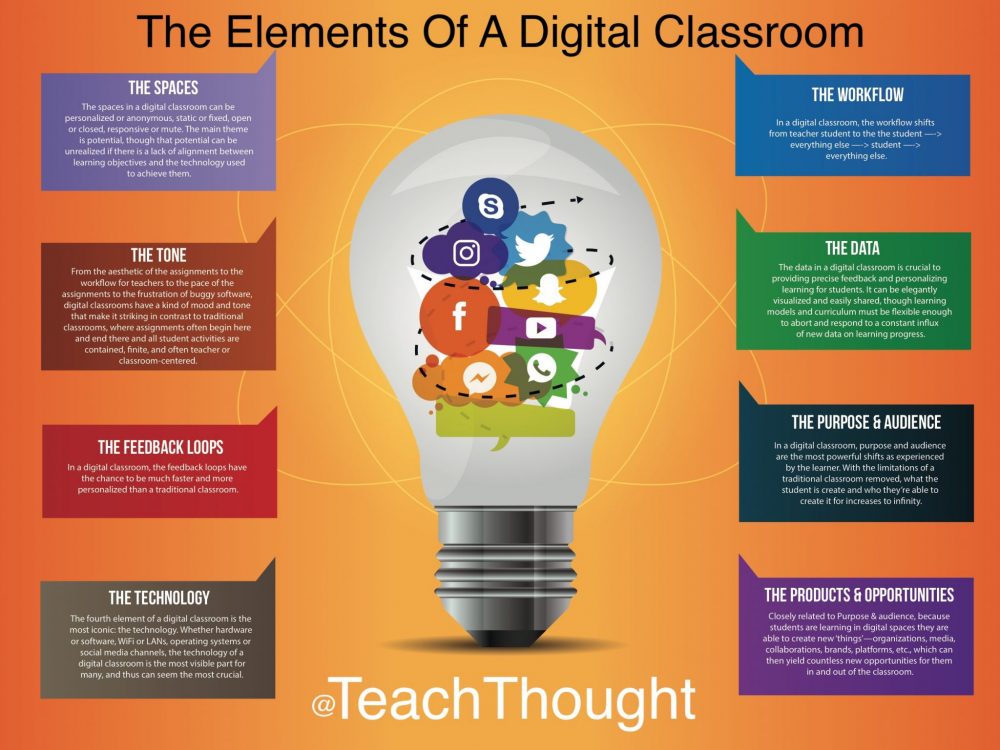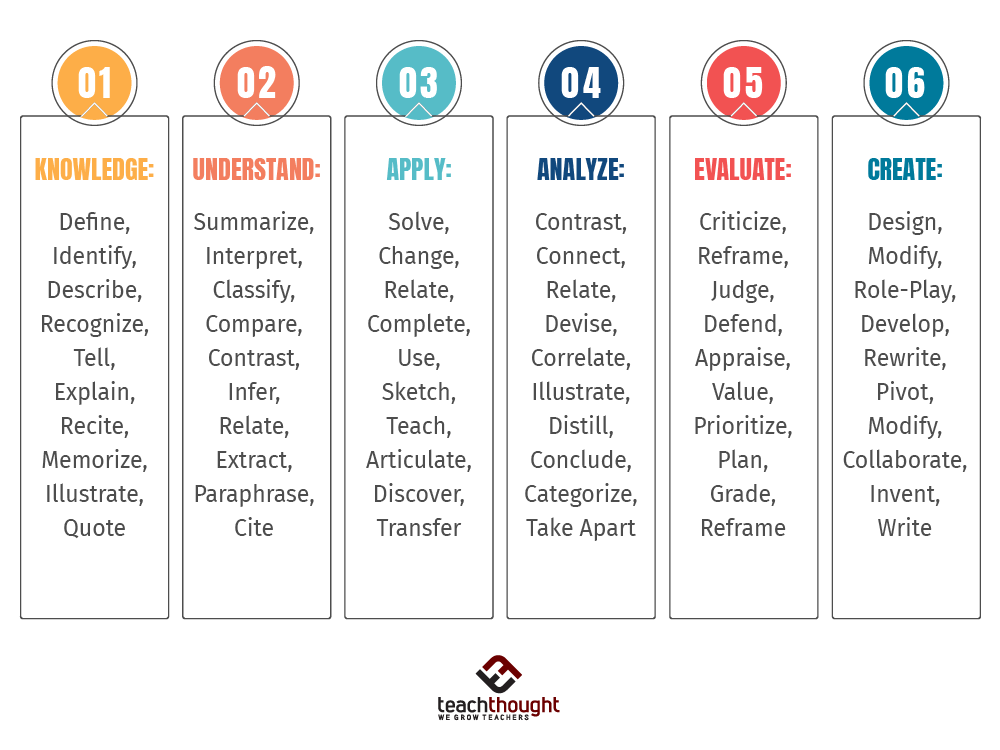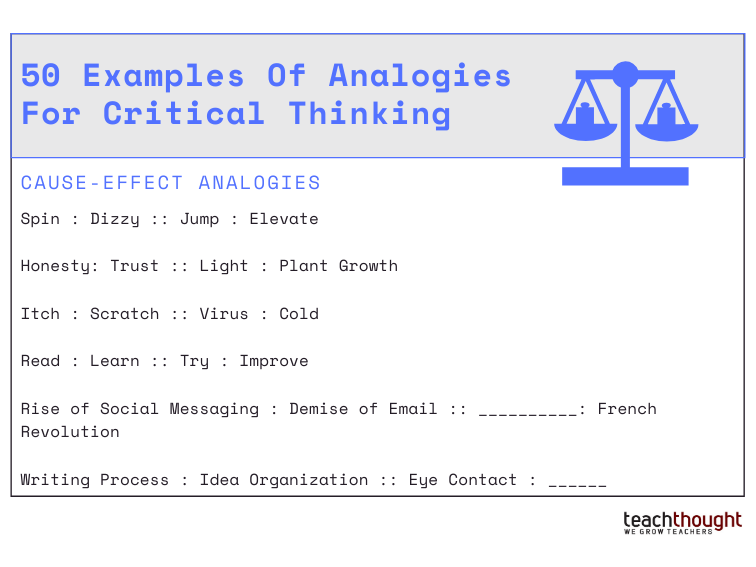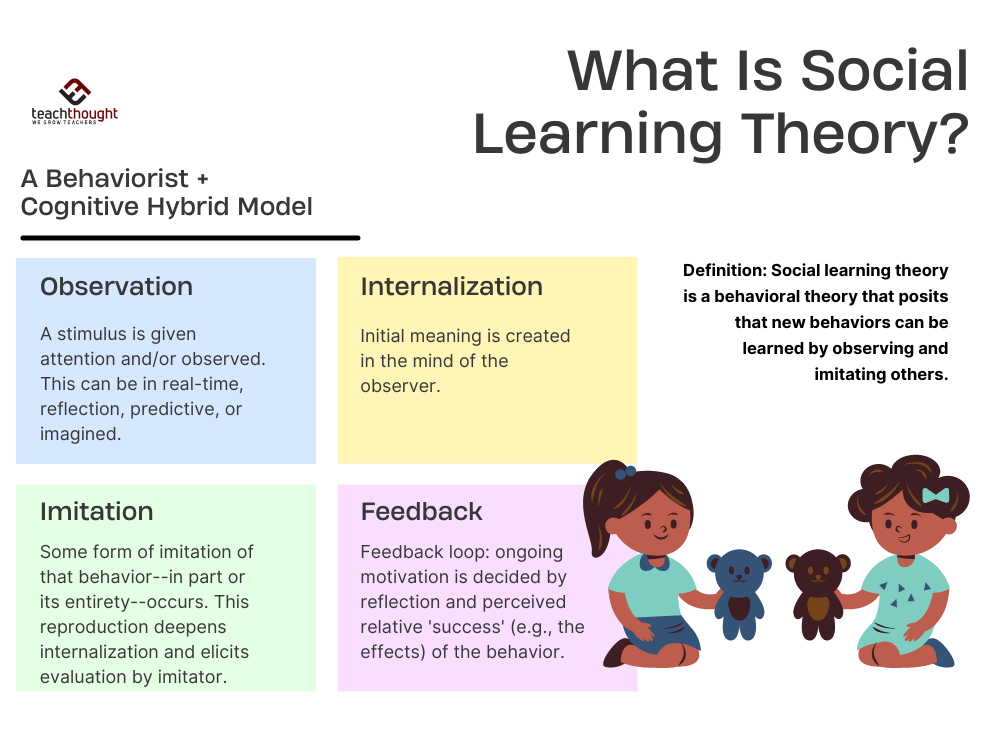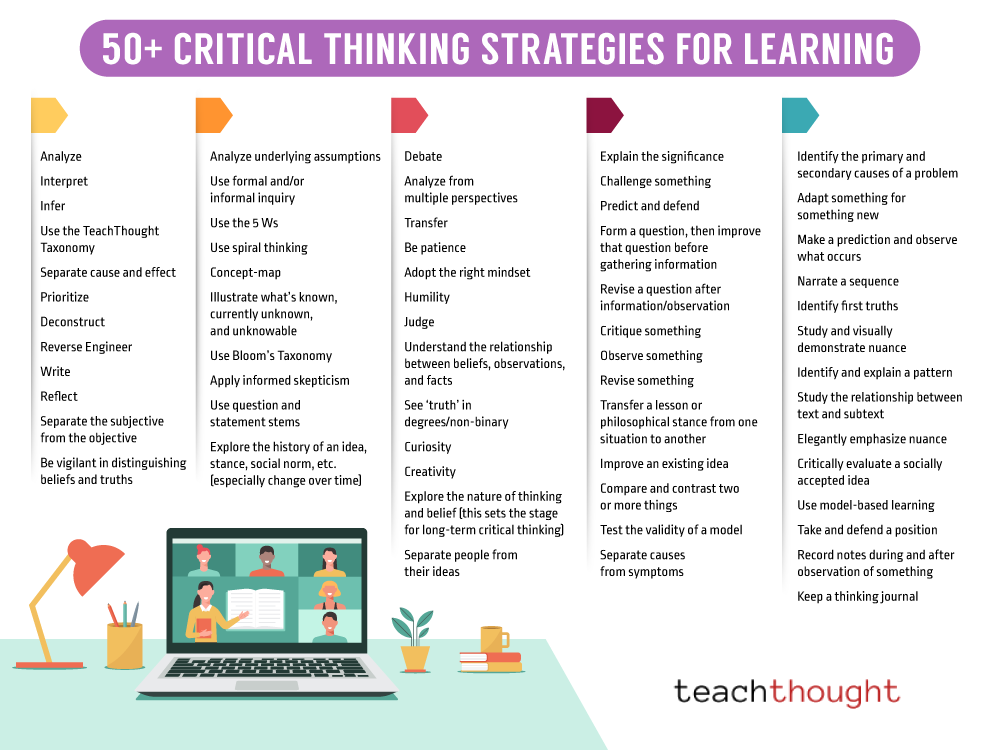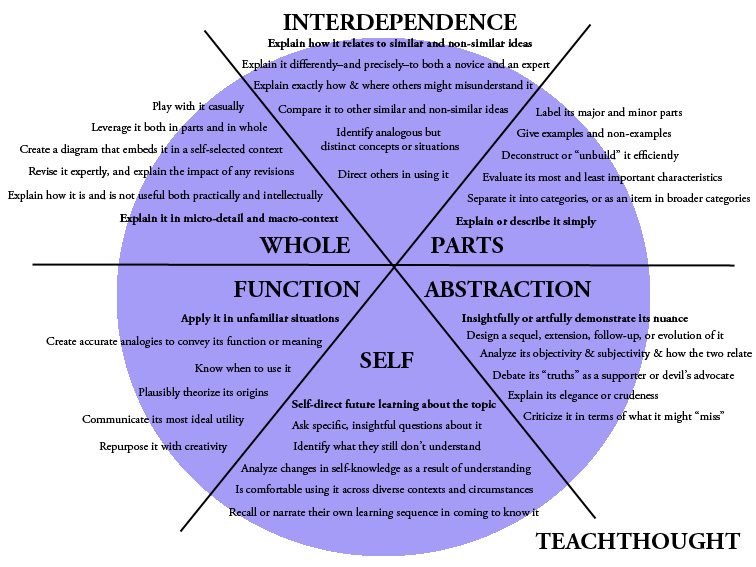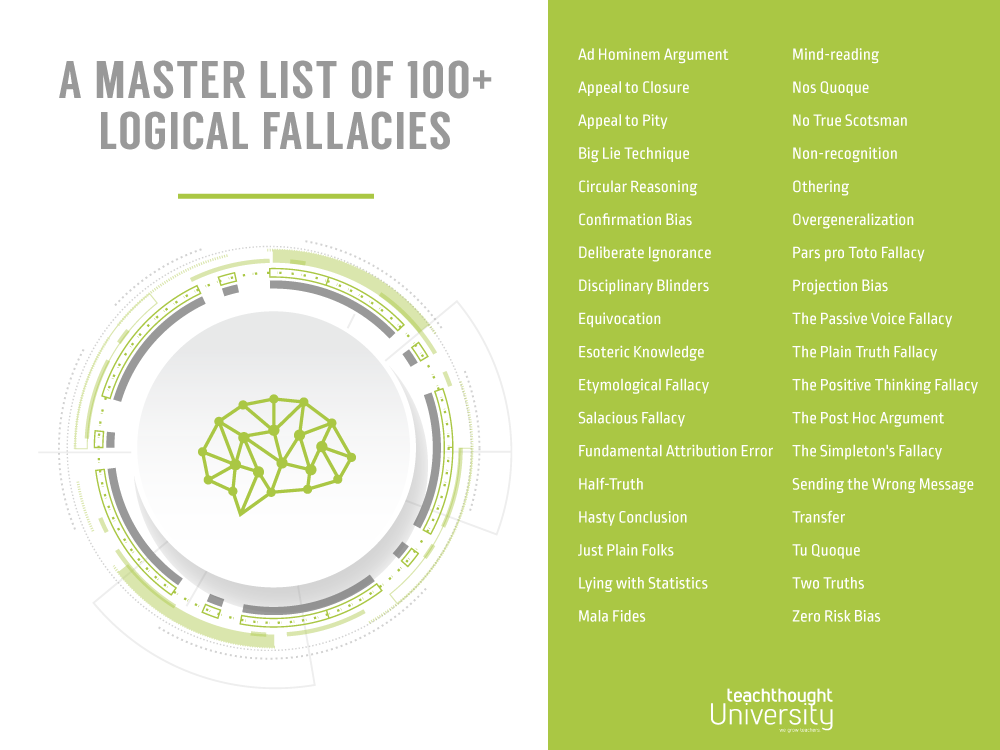Tag: Essential
A Bloom’s Digital Taxonomy For Evaluating Digital Tasks
This Bloom’s Digital Taxonomy helps teachers evaluate and design digital tasks like ChatGPT use, blogging, podcasting, and more.
The Elements Of A Digital Classroom
In a digital classroom, teachers can become worried that no ‘real learning’ is happening or that they’ve somehow failed to plan sufficiently.
100+ Bloom’s Taxonomy Verbs For Critical Thinking
Bloom’s Taxonomy verbs include Evaluate: Criticize, Judge, Defend, Appraise, Value, Prioritize, Revise, Argue, Support, and Re-design.
50 Examples Of Analogies For Critical Thinking
By forcing students to distill one relationship in order to understand another, it’s almost impossible to solve analogies without understanding.
What Is Social Learning?
Social learning theory is a behavioral theory that posits that new behaviors can be learned by observing and imitating others.
50 Critical Thinking Strategies For Learning
Critical thinking strategies often employ multiple data sources and perspectives in pursuit of understanding.
6 Domains Of Cognition: The Heick Learning Taxonomy
The Heick Learning Taxonomy can be used to guide planning, assessment, curriculum design, and self-directed learning.
147 Logical Fallacies: A Master List With Examples
Logical fallacies are irrational arguments made through faulty reasoning common enough to be named for its respective logical failure.
